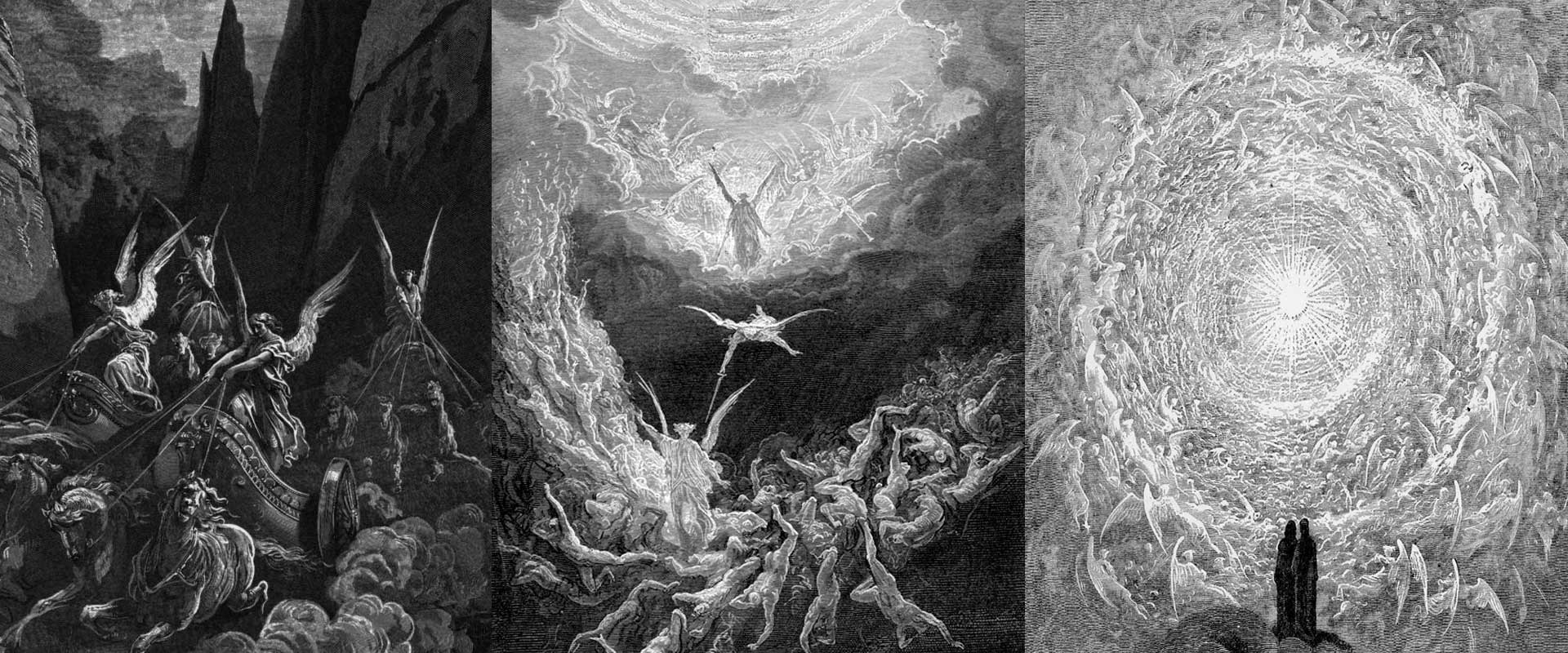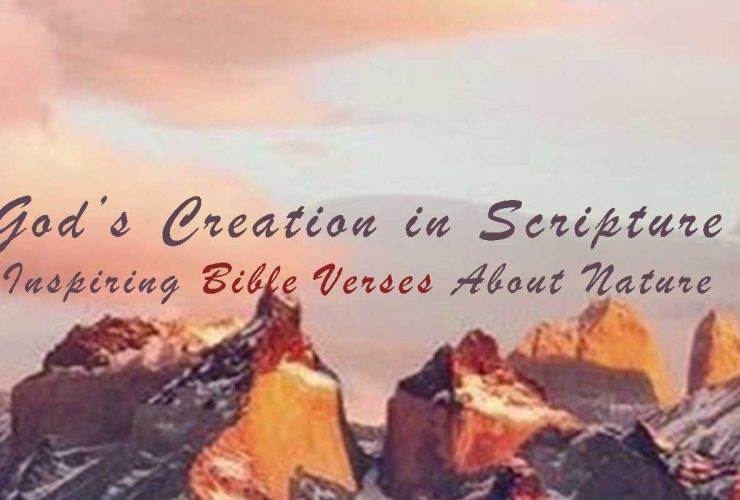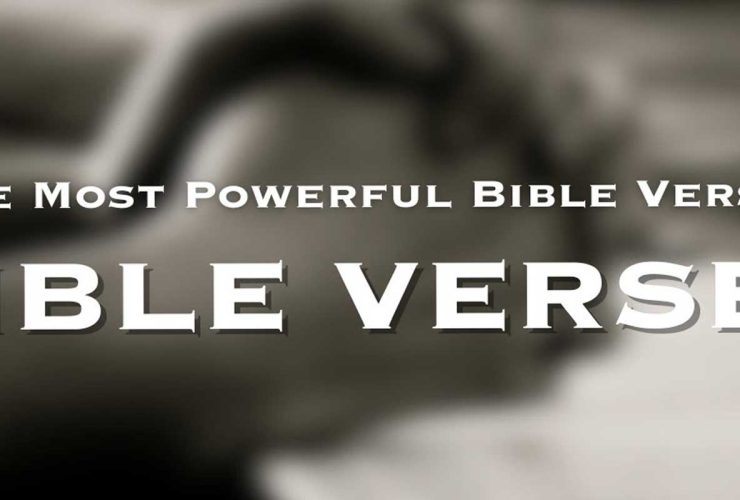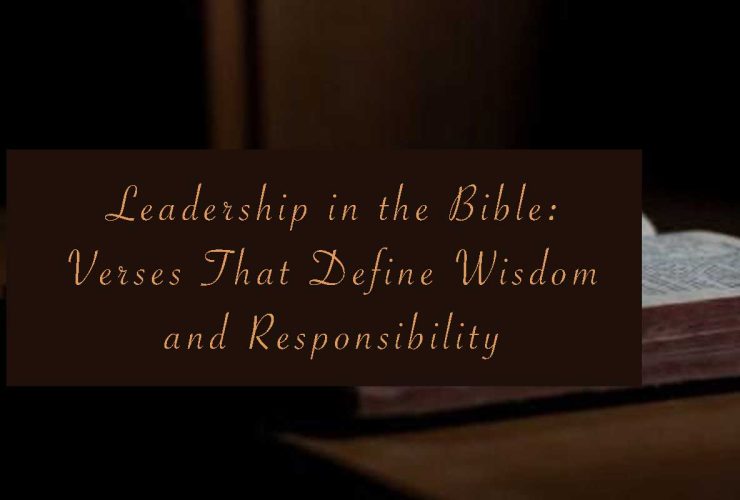Paul Gustave Doré remains one of history’s greatest illustrators of sacred and epic texts. Among his thousands of engravings, none carry more power than his apocalyptic religious images. From the visions of Revelation in his Bible engravings to the cosmic battles of Paradise Lost and the infernal landscapes of Dante’s Divine Comedy, Doré visualized the end of time, divine judgment, and the eternal struggle between good and evil in ways that remain unmatched.
These engravings are not just illustrations of biblical and literary texts—they are visual theologies of the apocalypse, turning abstract prophecy into unforgettable images of light, shadow, and eternal consequence.
Doré and the Vision of the Apocalypse
The 19th century was a time of deep religious imagination, and Doré tapped into the anxieties and hopes of his age. Audiences longed to understand eternity, Heaven, and Hell. Through his engravings, Doré gave form to the invisible, especially the terrifying and awe-inspiring imagery of the apocalypse.
He worked on texts that were naturally apocalyptic:
- The Book of Revelation in the Bible
- Milton’s Paradise Lost
- Dante’s Inferno and Paradiso
- Apocalyptic psalms and prophecies from the Old Testament
Doré’s engravings became the defining images of the apocalypse, shaping how generations visualize the end of time.
Revelation in Doré’s Bible Engravings
Doré’s illustrated Bible (1866) included some of his most powerful apocalyptic images. His depictions of the Four Horsemen, the opening of the seals, and the vision of the New Jerusalem are unforgettable.
- The Four Horsemen of the Apocalypse: Doré portrayed them thundering across the sky, bringing conquest, war, famine, and death.
- The Last Judgment: Angels sound trumpets while souls rise to eternal destiny, with light and darkness dividing salvation from damnation.
- The New Heaven and New Earth: His engraving of the descent of the New Jerusalem shines with divine order and radiance.
- These images were not only illustrations—they were warnings and promises etched in wood and steel.
Paradise Lost – Cosmic Rebellion and Doom
Doré’s 1866 engravings for John Milton’s Paradise Lost offered another apocalyptic vision. Here, Satan and his host fall from Heaven in scenes of catastrophic grandeur. The rebellion of the angels, the great battle, and the ruin of Eden are portrayed on an epic, cosmic scale.
Doré’s illustrations of Satan—majestic, proud, and doomed—remain among his most famous works. They portray the apocalypse not only as divine judgment but as the eternal struggle of ambition, pride, and consequence.
Dante’s Divine Comedy – Infernal and Heavenly Apocalypse
Doré’s engravings for Dante’s Inferno and Paradiso also carry apocalyptic weight.
- In Inferno, Doré illustrated Hell as both punishment and eternal despair, with apocalyptic storms, fire, and grotesque demons.
- In Paradiso, Heaven itself is apocalyptic in reverse—an overwhelming vision of light, angels, and divine order beyond human comprehension.
Together, these works showed both ends of the eternal journey, reflecting judgment, consequence, and glory.
Doré’s Apocalyptic Engravings Across Texts
| Source Text | Key Apocalyptic Scenes | Doré’s Contribution |
|---|---|---|
| Bible (Revelation) | Four Horsemen, Last Judgment, New Jerusalem | Defined modern imagery of Christian apocalypse |
| Paradise Lost | Fall of Satan, Battle of Heaven, Expulsion | Shaped cultural vision of rebellion and cosmic doom |
| Inferno | Fires of Hell, sinners in torment | Created iconic images of eternal punishment |
| Paradiso | Radiant angels, throne of God | Offered visions of heavenly eternity |
Why Doré’s Apocalyptic Images Remain Powerful
Universal Themes
Doré’s engravings depict timeless human concerns: fear of death, hope for salvation, terror of judgment, and longing for eternal peace.
Visual Grandeur
His monumental style—towering landscapes, vast skies, and cosmic battles—elevated apocalyptic texts into experiences.
Emotional Resonance
Faces etched with fear, awe, and joy make Doré’s works deeply relatable. They are not abstract theology but human encounters with eternity.
Lasting Cultural Influence
From church art to modern cinema, Doré’s apocalyptic visions have shaped everything from Gothic novels to Hollywood blockbusters.
Doré’s Legacy in Faith and Art
Doré’s engravings influenced generations of preachers, teachers, and artists. Churches used his Bible engravings in stained glass and devotional prints. Filmmakers borrowed his imagery for biblical epics and apocalyptic films.
His legacy continues today in spiritual art. Collections such as Bible verse wall art prints echo his tradition of pairing scripture with dramatic imagery. Similarly, curated collections like Paul Gustave Doré art prints and articles like Paul Gustave Doré’s dramatic Bible illustrations show his continuing impact.
Conclusion
Doré’s most powerful religious images are his apocalyptic engravings. From Revelation’s trumpets to Satan’s fall, from Dante’s torments to Heaven’s radiance, Doré gave humanity an unforgettable vision of the end of time. His works remain timeless because they address universal questions of judgment, hope, and eternity.
For modern admirers, his engravings are not relics of the past but living images of faith and imagination. They remind us that the apocalypse is not only a story of destruction—it is also a vision of redemption and eternal light.
FAQs on Doré’s Apocalyptic Engravings
What are Doré’s most famous apocalyptic images?
His engravings of the Four Horsemen of the Apocalypse, the Last Judgment, and Satan’s fall from Heaven are among his most famous.
Why are Doré’s Bible engravings so powerful?
They combine emotional depth, monumental scale, and dramatic light and shadow, making scripture feel immediate and alive.
Did Doré’s engravings influence modern culture?
Yes. His apocalyptic imagery influenced Gothic literature, fantasy illustration, biblical films, and even modern concept art and cinema.
How does Doré depict the apocalypse differently from other artists?
Doré’s engravings balance grandeur and intimacy. He portrays cosmic battles while also focusing on the human faces of fear, awe, and redemption.
Where can I see Doré’s apocalyptic engravings today?
They are found in illustrated Bibles, art books, and museum collections. Reproductions are available through curated collections of Doré’s art.





